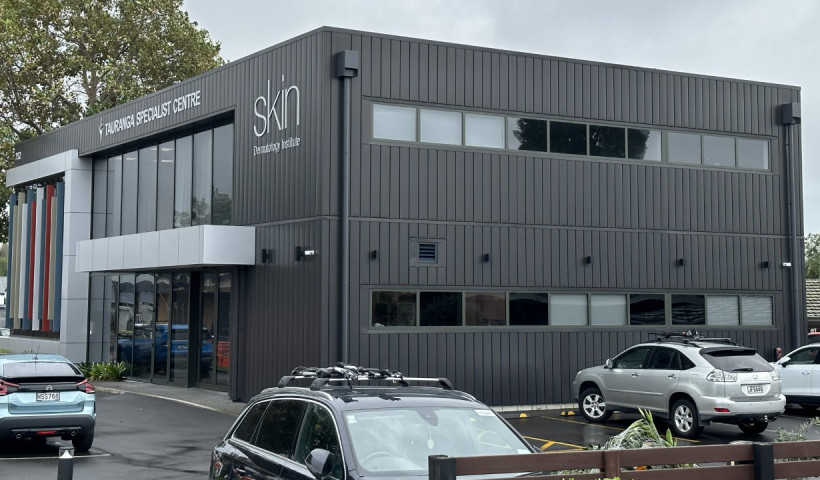 NEW
NEW
Set on 350 acres of private forest and native bush, Falcon Brae Villa is located on the ridge of the property at near-200m elevation with expansive views to the river and the Kahurangi National Park. The villa complex is an architecturally designed, contemporary residence being marketed as an exclusive use package. It is completely off the grid with a 24kw solar array, its own water collection and wastewater system.
The development of Falcon Brae involved the master planning of a 50-hectare block of existing farm and scrub land including restoration of an existing farmhouse villa, planting of over 50,000 manuka (to be used for honey production) and creation of walking and biking tracks around the property.
Architect, Simon Hall, of Jerram Tocker Barron Architects Ltd says the owners were keen to reflect New Zealand but also the Pacific in their creation of this offering of holiday paradise. Under a 1,000m² roof, the building has three suites and everything one could wish for including a games room, media room, heated pool and spa, a secluded hot tub and golfing greens.
“The building was carefully located on the hill side over many levels to accommodate the contours of the site and maximise the sweeping views of the Motueka river and the Kahurangi National Park which opened in 1996,” says Simon.
“The main architectural feature is the series of soaring curved roofs which are not only curved in one plane but are also included for a curved elliptical arc on the fascia creating a wing edge to the curved roofs. Secret membrane gutters were formed which include a curved mesh cover to the gutters to protect these from keas,” he says. “The feature curved roofs soar over the main living areas and allow generous volume spaces to the villa with high level day lighting and ventilation, reflecting the wings of a falcon and the surrounding landscape.”
Roofing Industries’ Zinacore .55, prepainted aluminium and zinc coated steel material was selected for Falcon Brae Villa with its profiles Eurostyle epic angle seam 450mm pan for the curves, and Eurostyle Spanlok 450 pan for the gable roofs and vertical cladding.
Innovation in roof installation was a feature of this project, with the installers overcoming such obstacles as shifting the rollformer to site and operating on the hillside site in two different locations. No crane could be deployed on this terrain so additional manpower was needed to manually carry long sheet lengths up a scaffold ramp to be walked onto the roof.
The installers provided a generator on site to power the Eurostyle machine and the accuracy of the curved sheets was paramount. The longest sheet was 17m so it was manual labour holding the sheets square as they went through the curving machine. Roofing Industries Marlborough Branch Manager David Austin said once they had the correct radius for the roof the installation progressed well. The balance of roofing work was done on what is now the helipad and progress was always subject to weather — wind being a factor on this exposed site.
Simon Hall continues: “The curved roofs are supported by large curved exposed glulam beams and timber throughout provides a sustainable but natural finish and warmth to the building including floors, walls and ceiling linings. The cedar is finished with a grey oil to blend and complement the manuka forest.”
“Without doubt the most impressive design feature of this complex is the curved metal roofs which soar above the main buildings and create a beautifully dynamic roof element which allows daylight into the building while providing brim to avoid direct sunlight."
This article was originally published in Scope Magazine













 New Products
New Products









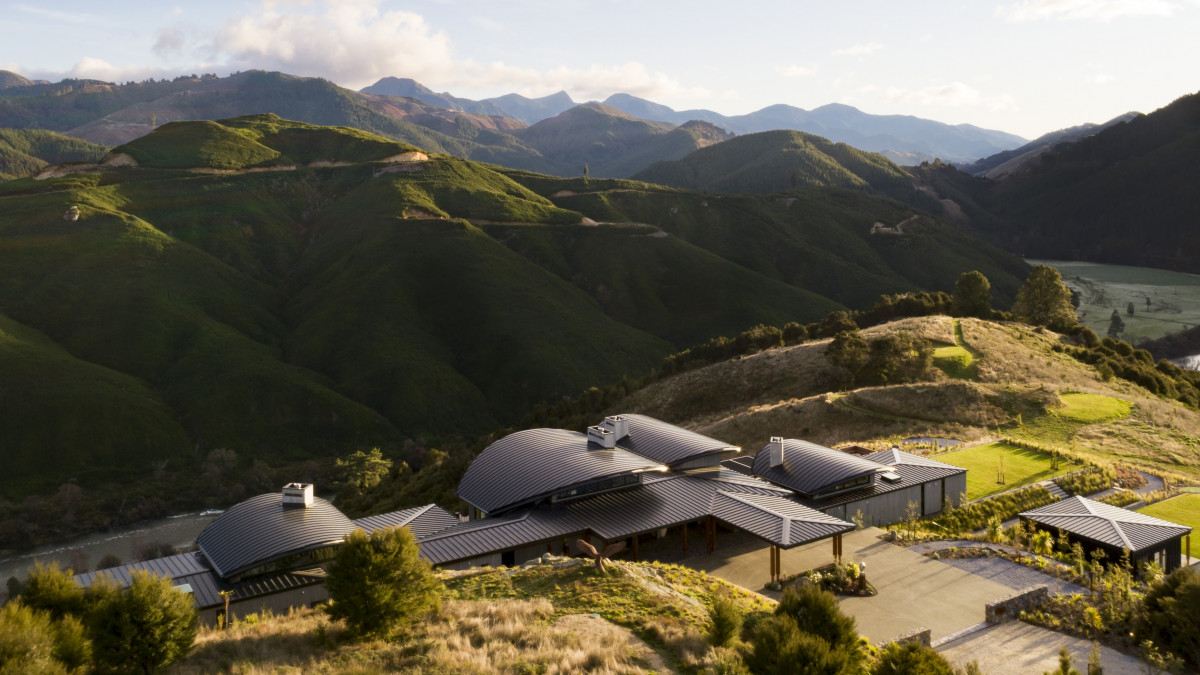
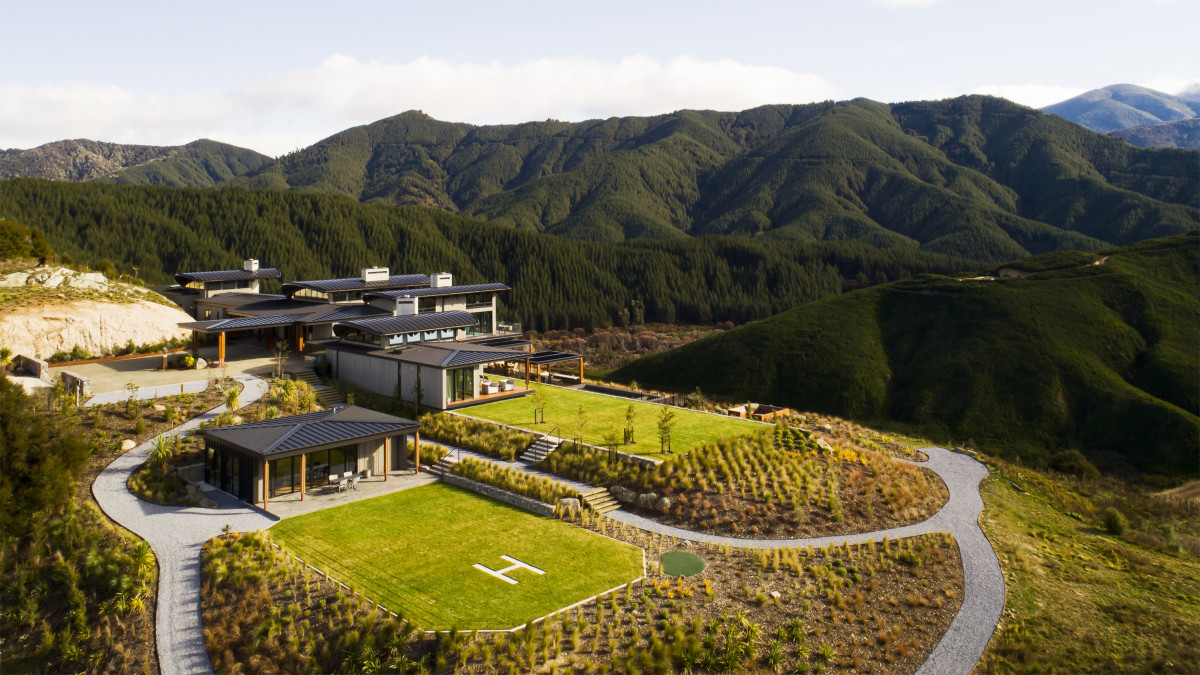


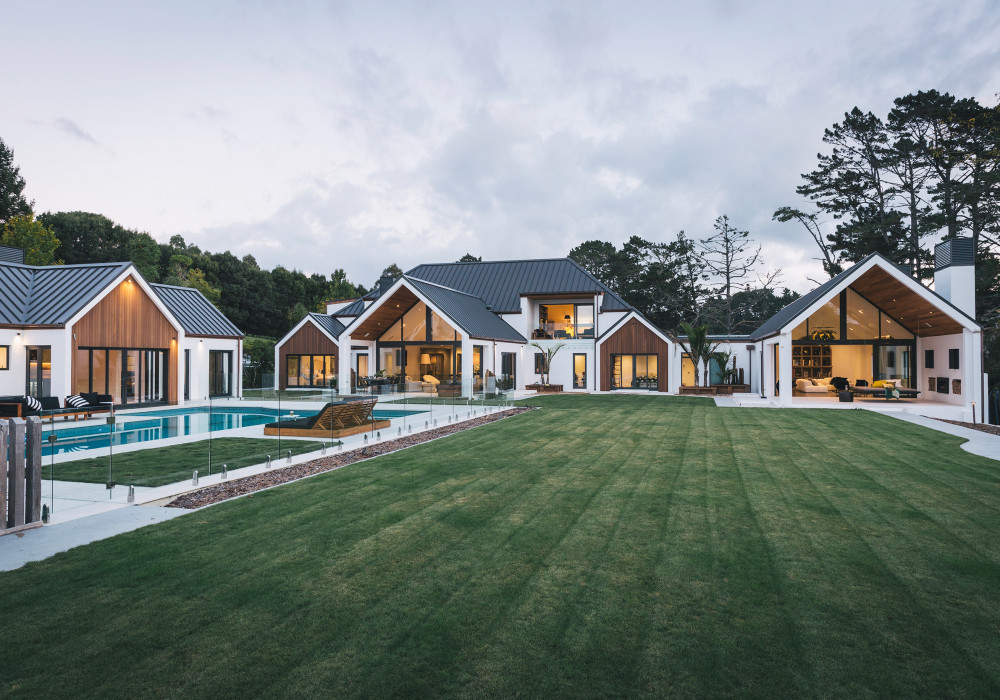
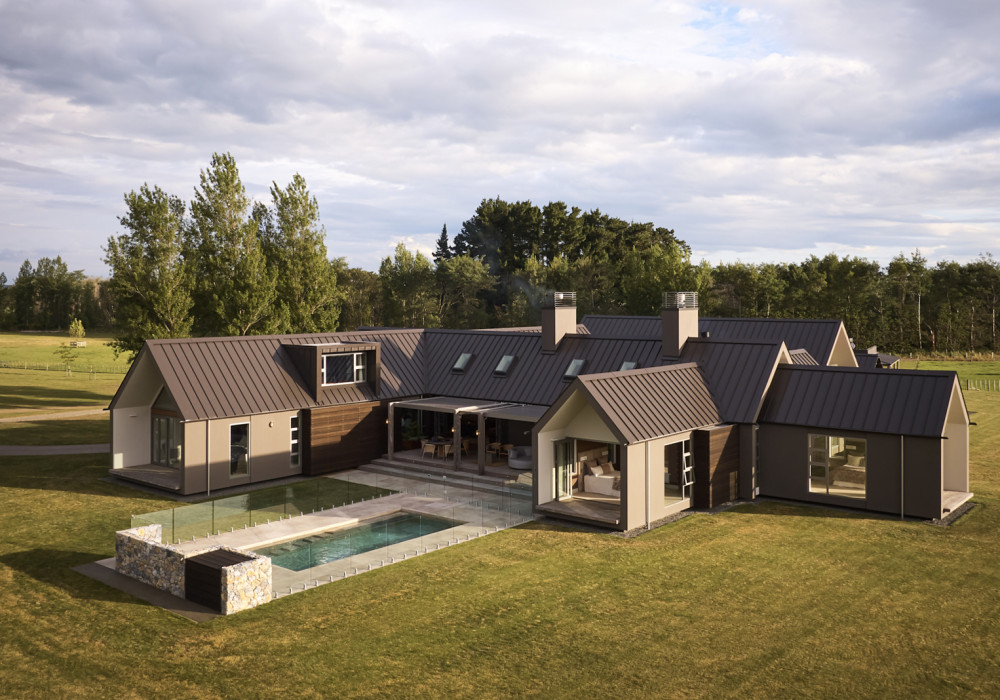

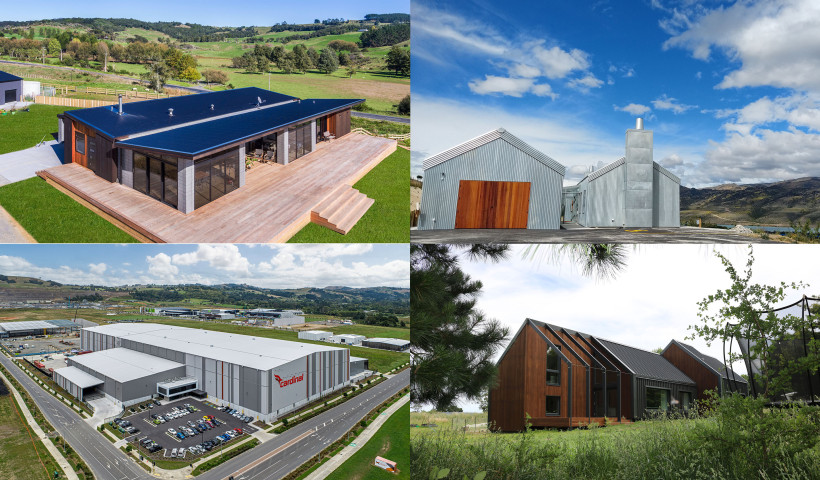

 Popular Products from Roofing Industries
Popular Products from Roofing Industries


 Most Popular
Most Popular

 Popular Blog Posts
Popular Blog Posts
